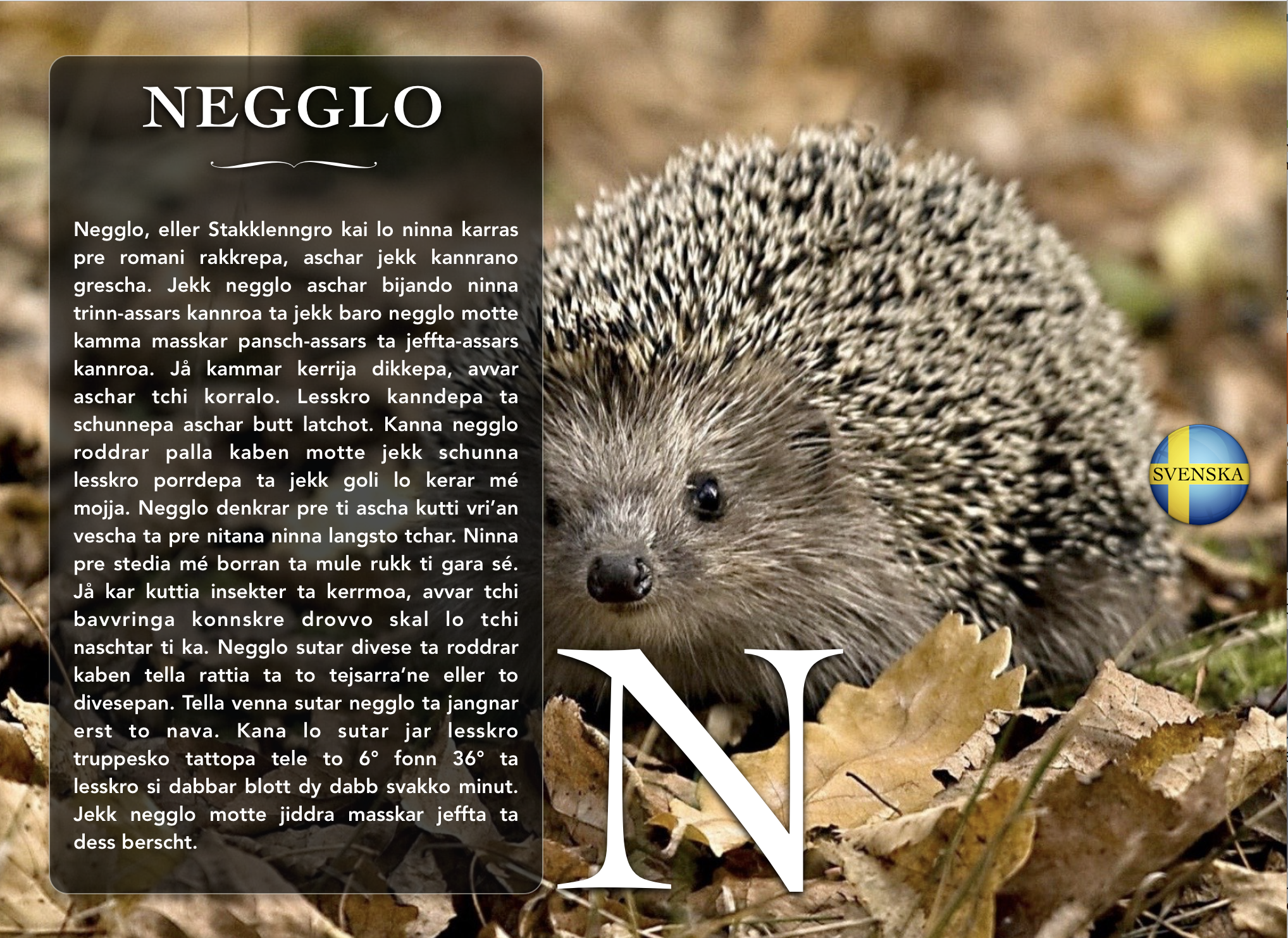Lingua Franca: Elusive contact language of Christian slave colony based in Algiers finally pinned down
Not long ago, I wrote a review on Lingoblog.dk, discussing Nolan’s (2020) book The Elusive case of Lingua Franca. That book was an open-ended study akin to an enchanting yet frustrating detective novel, in search of the famous contact language of the Mediterranean. It discusses the difficulties in tracing that famous ‘mixture of all languages, by means of which we can all understand one another’, ‘that all over Barbary and even in Constantinople is the medium between captives and Moors, and is neither Morisco nor Castilian, nor of any other nation’, as Miguel de Cervantes describes in Chapter XLI of the Don Quixote, most probably, the “Lingua Franca”.
Cervantes wrote the masterpiece of Don Quixote … ↪





